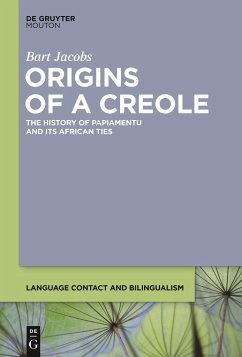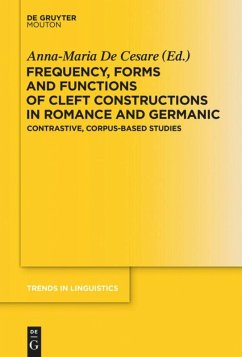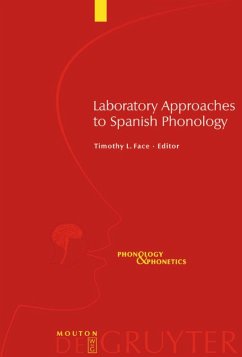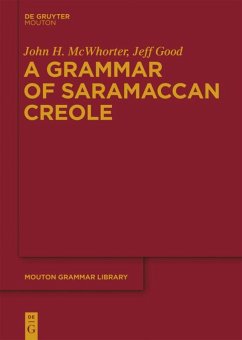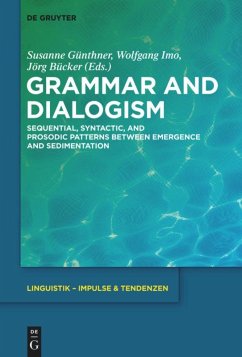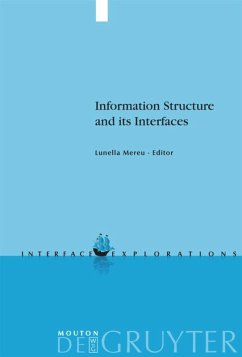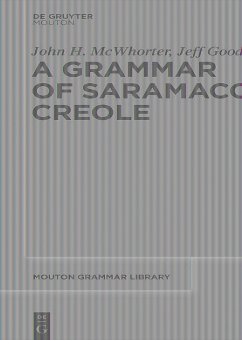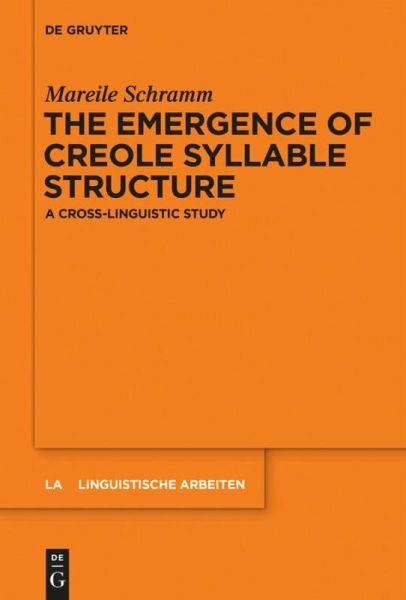
The Emergence of Creole Syllable Structure
A Cross-linguistic Study
Versandkostenfrei!
Versandfertig in 6-10 Tagen
102,99 €
inkl. MwSt.
Weitere Ausgaben:

PAYBACK Punkte
51 °P sammeln!
This book investigates syllable structure and phonotactic restructuring in six Caribbean creoles with Dutch, English and French as main lexifier languages. The earliest reliable data available for each creole are analysed statistically to determine which lexifier structures are retained in the creole, which ones undergo restructuring (and at which rates) and which restructuring mechanisms are preferred in case of repair. The description of creole structures is kept as theory-neutral as possible to make the analysis meaningful to researchers working in different theoretical frameworks. The inve...
This book investigates syllable structure and phonotactic restructuring in six Caribbean creoles with Dutch, English and French as main lexifier languages. The earliest reliable data available for each creole are analysed statistically to determine which lexifier structures are retained in the creole, which ones undergo restructuring (and at which rates) and which restructuring mechanisms are preferred in case of repair. The description of creole structures is kept as theory-neutral as possible to make the analysis meaningful to researchers working in different theoretical frameworks. The investigation reveals that, although some structures are more commonly permitted than others, there is considerable cross-creole variation, especially with respect to word-final structures. This variation concerns both permissible structures and the preferred choice among different repair strategies. It is shown that the vast majority of the observed patterns can receive a plausible explanation if we assume that L1 transfer, substrate levelling and (partial) L2 acquisition feature prominently among the mechanisms in creolisation. The findings thus provide support for recent SLA approaches to the emergence of creole phonology (Plag 2009, Uffmann 2009).




